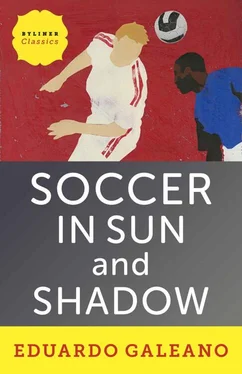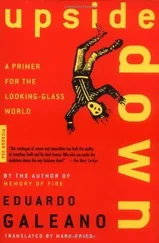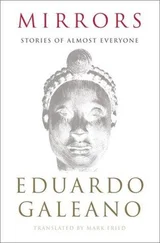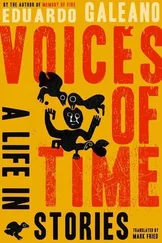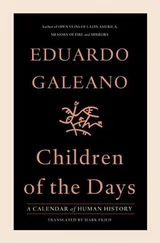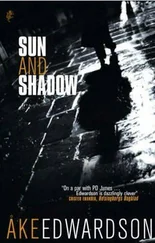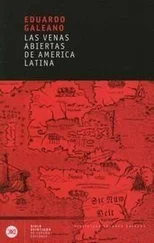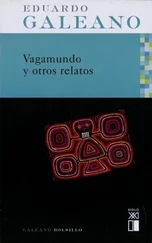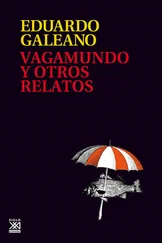A brand-new cup was on display. Though uglier than the Rimet Cup, it was nonetheless coveted by nine teams from Europe and five from the Americas, plus Australia and Zaire. The Soviet Union had lost out in the run-up for refusing to play a qualifying-round match in Chile’s National Stadium, which not long before had been a concentration camp and the site of executions by firing squad. So in that stadium the Chilean team played the most pathetic match in the history of soccer: it played against no one and scored several goals on the empty net, to cheers from the crowd. In the World Cup, Chile did not win a single match.
Surprise: the Dutch players brought their wives or girlfriends with them to Germany and stayed with them throughout the tournament. It was the first time such a thing had happened. Another surprise: the Dutch had wings on their feet and reached the final undefeated, with fourteen goals in their favor and only one against, which out of sheer bad luck had been scored by one of their own. The 1974 World Cup revolved around the “Clockwork Orange,” the overwhelming creation of Cruyff, Neeskens, Rensenbrink, Krol, and the other indefatigable Dutch players driven by coach Rinus Michels.
At the beginning of the final match, Cruyff exchanged pennants with Beckenbauer. And then the third surprise occurred: the Kaiser and his team punctured the Dutch party balloon. Maier who blocked everything, Müller who scored everything, and Breitner who solved everything, poured two buckets of cold water on the favorites, and against all odds the Germans won 2–1. Thus the history of the ’54 Cup in Switzerland, when Germany beat the unbeatable Hungary, was repeated.
Behind West Germany and the Netherlands came Poland. In fourth place Brazil, which did not manage to be what they could have been. One Polish player, Lato, ended up as leading scorer with seven, followed by another Pole, Szarmach, and the Dutchman Neeskens with five apiece.
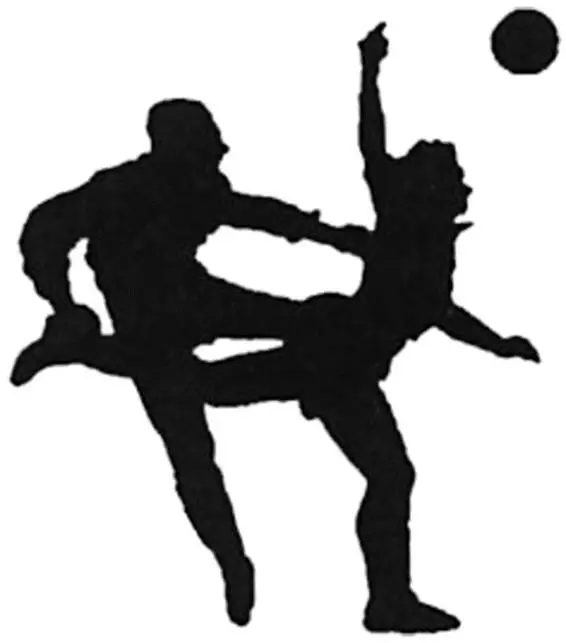
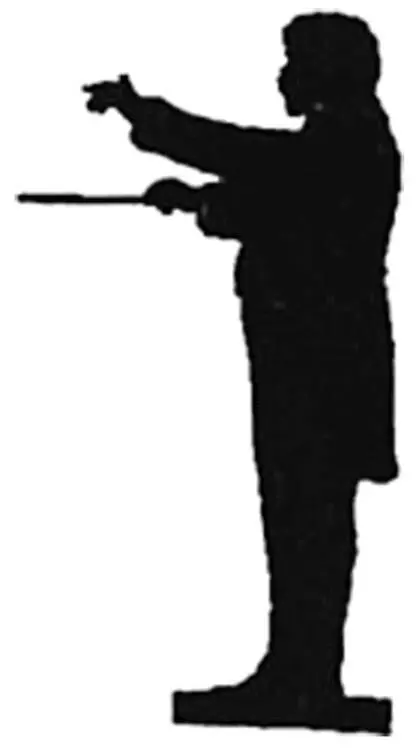
They called the Dutch team the “Clockwork Orange,” but there was nothing mechanical about this work of the imagination that had everyone befuddled with its incessant changes. Like River’s “Machine,” another team libeled by its nickname, this orange fire flitted back and forth, fanned by an all-knowing breeze that sped it forward and pulled it back. Everyone attacked and everyone defended, deploying and retreating in a vertiginous fan. Faced with a team in which each one was all eleven, the opposing players lost their step.
A Brazilian reporter called it “organized disorganization.” The Netherlands had music, and the one who carried the melody, keeping so many simultaneous notes on pitch and in tune, was Johan Cruyff. Conducting the orchestra and playing his own instrument at the same time, Cruyff worked harder than anyone.
This scrawny live wire earned a spot on the Ajax roster when he was only a child: while his mother waited tables at the club bar, he collected balls that went off the field, shined the players’ shoes, and placed the flags in the corners. He did everything they asked of him and nothing they ordered him to do. He wanted to play and they would not let him because his body was too weak and his will too strong. When they finally gave him a chance, he took it and never let it go. Still a boy, he made his debut, played stupendously, scored a goal, and knocked out the referee with one punch.
From that night on he kept up his reputation for being tempestuous, hardworking, and talented. Over two decades he won twenty-two championships in the Netherlands and Spain. He retired when he was thirty-seven; after scoring his final goal, the crowd carried him on its shoulders from the stadium to his house.
The coach of Club TSV in Munich told him, “You won’t go far in soccer. Better try something else.”
Back then, Gerd Müller worked twelve hours a day in a textile mill.
Eleven years later, in 1974, this stumpy tub of a player was champion of the world. No one scored more goals than he in the history of either the German league or the national team.
Disguised as an old woman, his fangs and claws hidden, the wild wolf on the field strolled along unseen, making a show of showering innocent passes and other works of charity. Meanwhile, he slipped unnoticed into the box. The net was the bridal veil of an irresistible girl. In front of the open goal he licked his chops. And in one fell swoop he stood naked, then bit.
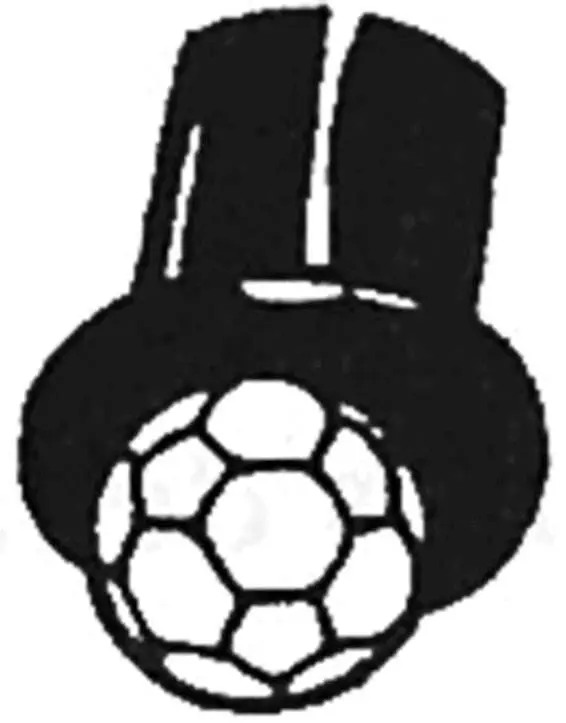
In 1974, after a long climb, Jean-Marie Faustin Goedefroid de Havelange reached FIFA’s summit. And he announced: “I have come to sell a product named soccer.”
From that point on, Havelange has exercised absolute power over the world of soccer. His body glued to the throne, Havelange reigns in his palace in Zurich surrounded by a court of voracious technocrats. He governs more countries than the United Nations, travels more than the Pope, and has more medals than any war hero.
Havelange was born in Brazil, where he owns Cometa, the country’s largest bus and trucking company, and other businesses specializing in financial speculation, weapons sales, and life insurance. But his opinions do not seem very Brazilian. A journalist from The Times of London once asked him: “What do you like best about soccer? The glory? The beauty? The poetry? Winning?”
And he answered: “The discipline.”
This old-style monarch has transformed the geography of soccer and made it into one of the more splendid multinational businesses in the world. Under his rule, the number of countries competing in world championships has doubled: there were sixteen in 1974, and there will be thirty-two as of 1998. And from what we can decipher through the fog around his balance sheets, the profits generated by these tournaments have multiplied so prodigiously that the biblical miracle of bread and fish seems like a joke in comparison.
The new protagonists of world soccer — countries in Africa, the Middle East, and Asia — offer Havelange a broad base of support, but his power gains sustenance, above all, from his association with several gigantic corporations, Coca-Cola and Adidas among them. It was Havelange who convinced Adidas to finance the candidacy of his friend Juan Antonio Samaranch for the presidency of the International Olympic Committee in 1980. Samaranch, who during the Franco dictatorship had the good sense to wear a blue shirt and salute with his palm extended, is now the other king of world sport. These two manage enormous sums of money. How much, no one knows. They are rather bashful about the subject.
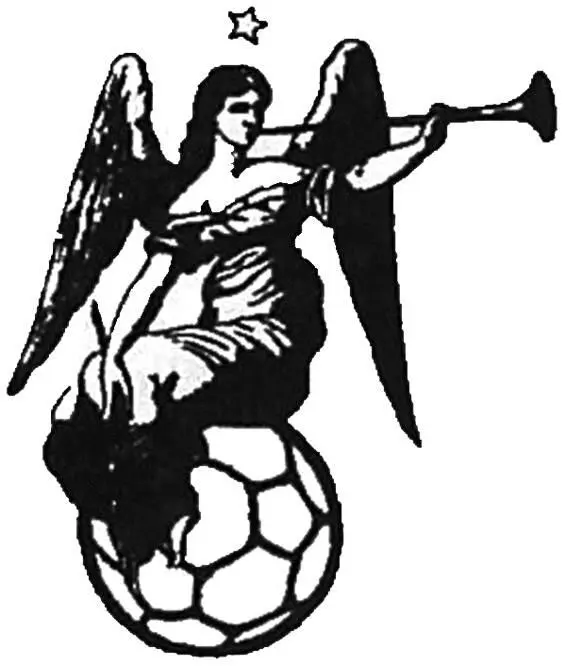
FIFA, which holds court in Zurich, the International Olympic Committee, which rules from Lausanne, and the company ISL Marketing, whose orders issue from Lucerne, manage the World Cup and the Olympics. All three of these powerful organizations maintain their head offices in Switzerland, a country famous for William Tell’s marksmanship, precision watches, and religious devotion to bank secrecy. Coincidentally, all three profess an extraordinary degree of modesty when it comes to the money that passes through their hands, and the money that in their hands remains.
Читать дальше
